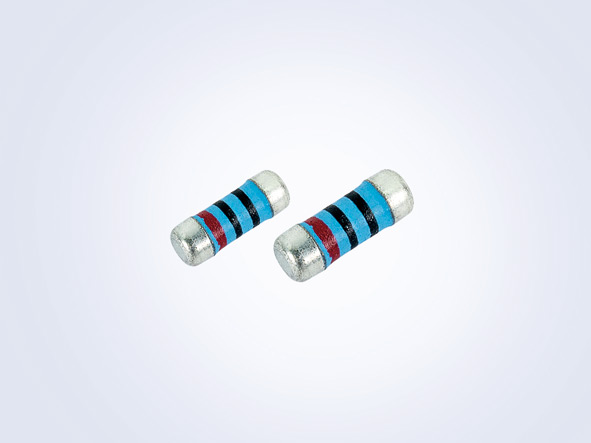aj_augus
Newbie level 6

I want to use SMD resistor as a fuse in 220V ac to DC circuit . I need the fuse before rectifier. I saw in one ballast design, they used 0.5ohm 1/2W THD fusible resistor.
Can I use same value SMD?what are the things to consider?

Can I use same value SMD?what are the things to consider?




